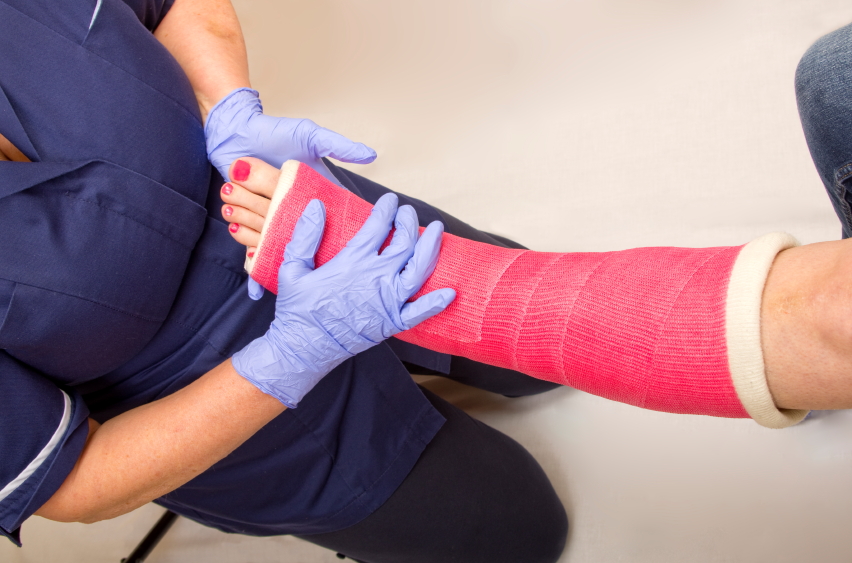
are you in a cast?
I’m on so many different mailing lists and often I bump into some interesting ideas. Recently I stumbled on an article with the phrase “nutritional movement.”
It’s a term used by Katy Bowman, M.S., who is a biomechanist with a reputation for achieving unprecedented results in reducing pain, increasing bone density, improving metabolic health, and solving pelvic floor mysteries.
It caught my attention. But first, what’s a biomechanist? I had to look it up. It’s a person who studies the mechanical laws relating to the movement or structure of living organisms.
Katy has a book called Move Your DNA and as I explored her website and listened to a podcast I really liked how she has framed the need for a more varied movement “diet.”

Katy writes,
“The very habitat in which we dwell is preventing full use of our body. When I talk about “body casts” I use the analogy of a cast on a broken arm to illustrate a familiar example of how immobilization brings about tissue adaptations. For example, after wearing an arm cast for some time, you’re likely to experience not only a decrease in muscle thickness, but a decrease in the length of your muscle as well.
But it’s not only loss. In muscles that are casted long, they have to adapt by increasing in length. Which in turn skews a joint’s range of motion. And it’s not only muscle tissue adapting. Connective tissue grows between muscles forming a sort of internal cast between unmoving parts.
Some casts (as in the case of shoes or a belt) are made of physically present “walls” that prevent a structure from moving through a full range of motion. In other cases a body is cast by a reflexive reaction to input. A good example of this is how the muscles in your eye will change shape in response to focusing on what’s in front of it.
A computer screen doesn’t “hold” your eye lens in the way a cast holds an arm, but the reflexive behavior of the eye “holds the position” of your lens all the same.”
It’s all part of the reality that our bodies are not designed for the typical day-to-day experiences of our householder lifestyle. Now Amy takes it to a level that seems a little extreme. She had low tables and no chairs. I can work with that. But no bed, mattress or pillows. I’m not quite ready to give up my bed or pillows but I completely support her ideas that variation is the key to a more nutritious movement diet.
Her list of casts includes computer screens, seats, belts, spanx (yes, these are restricting you), flat and level ground and a few more. Basically the things that are restricting your range of movement of any of your trillion body parts.
This is something that I need reminders about. I move quite a bit but often even when exercising or in my own yoga practice, I get into patterns of the same movements. I recently made a commitment, as part of my birthday countdown, to do a 30-minute yoga video every day until my birthday. It’s a little over 50 days.
I got an online subscription to Gaia and my pledge is to find a different yoga video each day and be a student, and add some variety to my practice. I’ll pass on the ones that I find, and love.
I may not be absolutely subscribing to Amy’s recommendations to ditch my couch and all my bras and shoes…but it’s a good step. What can you do this week to add some variety to your movement?
Be well…it’s a state of mind.
Leave a Comment